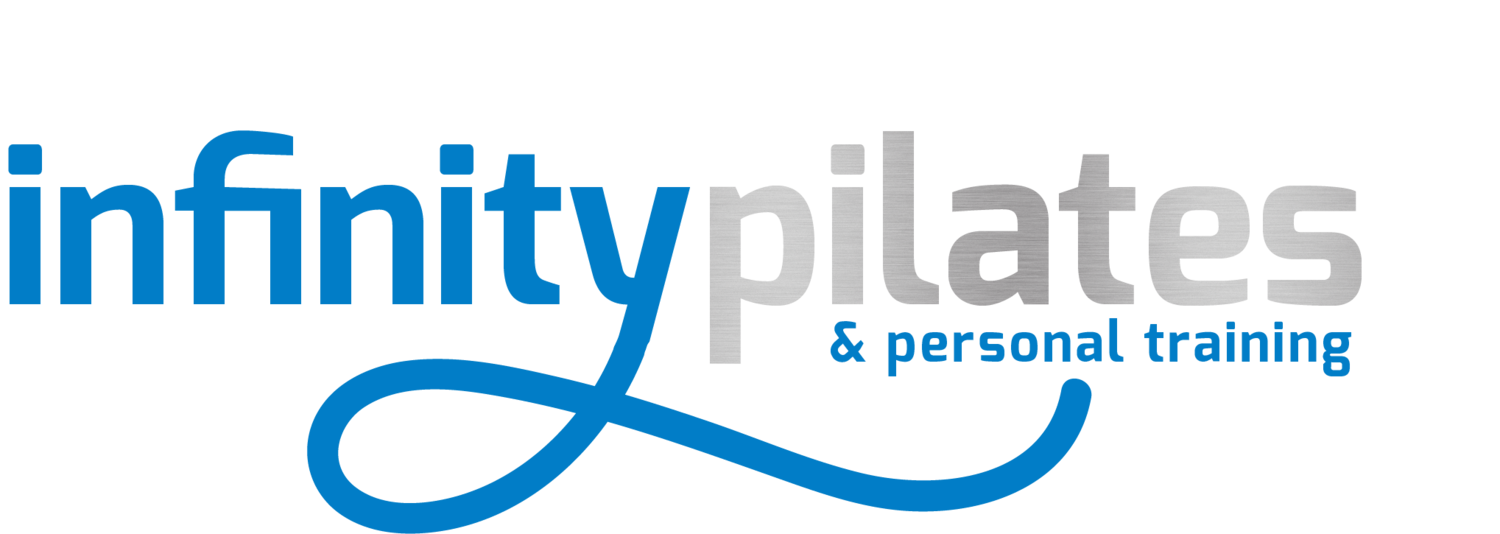Born in Germany in 1880, Joseph H. Pilates was a sickly child, suffering from rickets, asthma and rheumatic fever.
To overcome his ailments, he practiced gymnastics, diving, skiing and body building. Joseph travelled to England in 1912 and was interned on the Isle of Man during WW1 with other German nationals. This is where he began to practice his exercise method to help rehabilitate the sick and injured.
It is a credit to him that no one in this camp succumbed to the influenza epidemic during this time. Joseph was invited to train the German army on his return to Germany after the war.
He decided to leave for America instead, and on the journey over, met Clara, who later became his wife. Joseph and Clara moved to New York, where they set up their Pilates Studio in 1926. Many people frequented the studio, including dancers, gymnasts, circus performers and the elite of society. But it was the dance community that embraced his exercise method so openly, understanding the impact that it had on their bodies.
Pilates developed over 600 exercises on the various equipment that he invented. These machines are still used today, with little changes. The machines use springs and pulleys to create resistance, stretching the body, while maintaining and encouraging a stable and aligned body.














